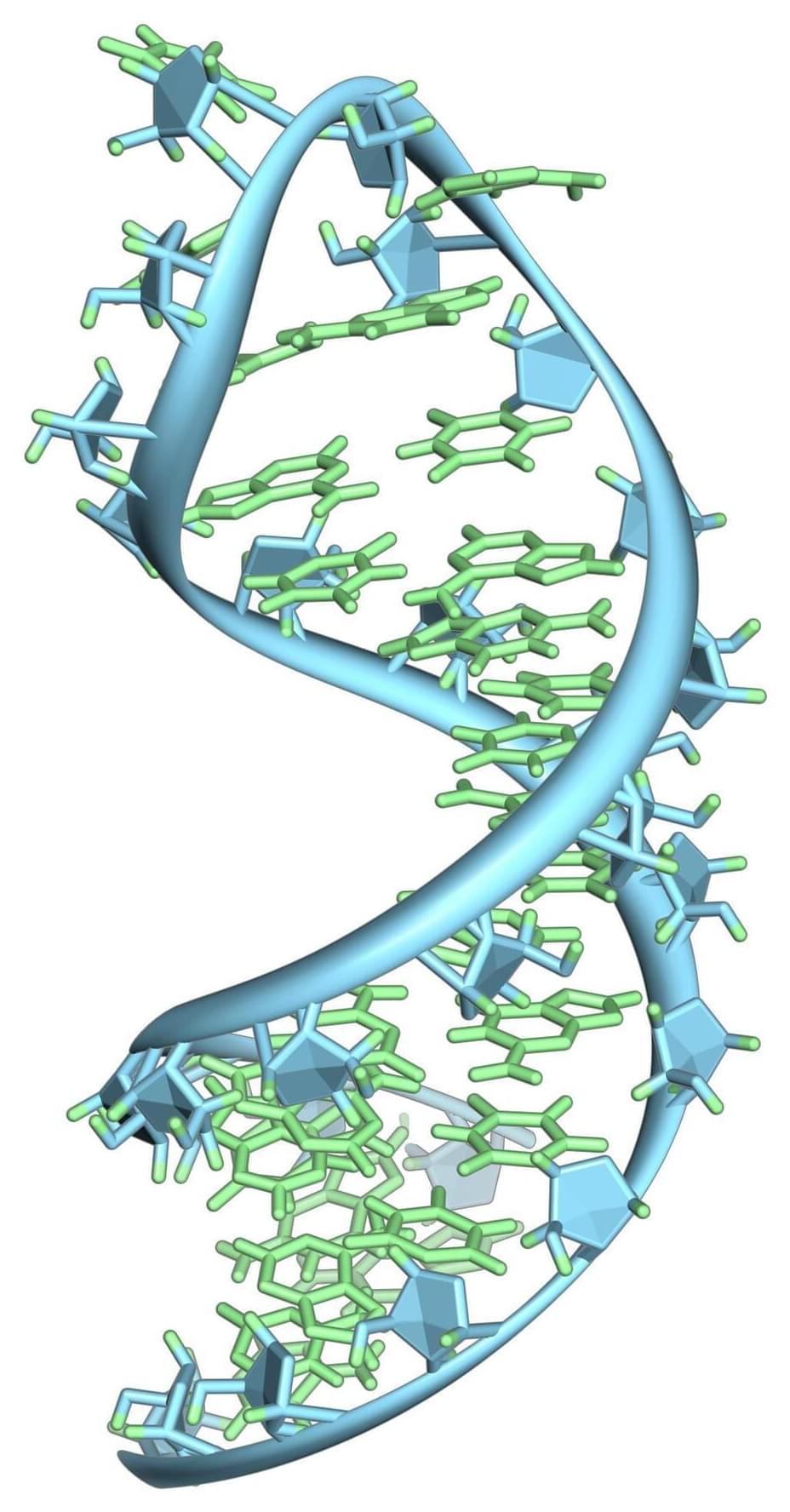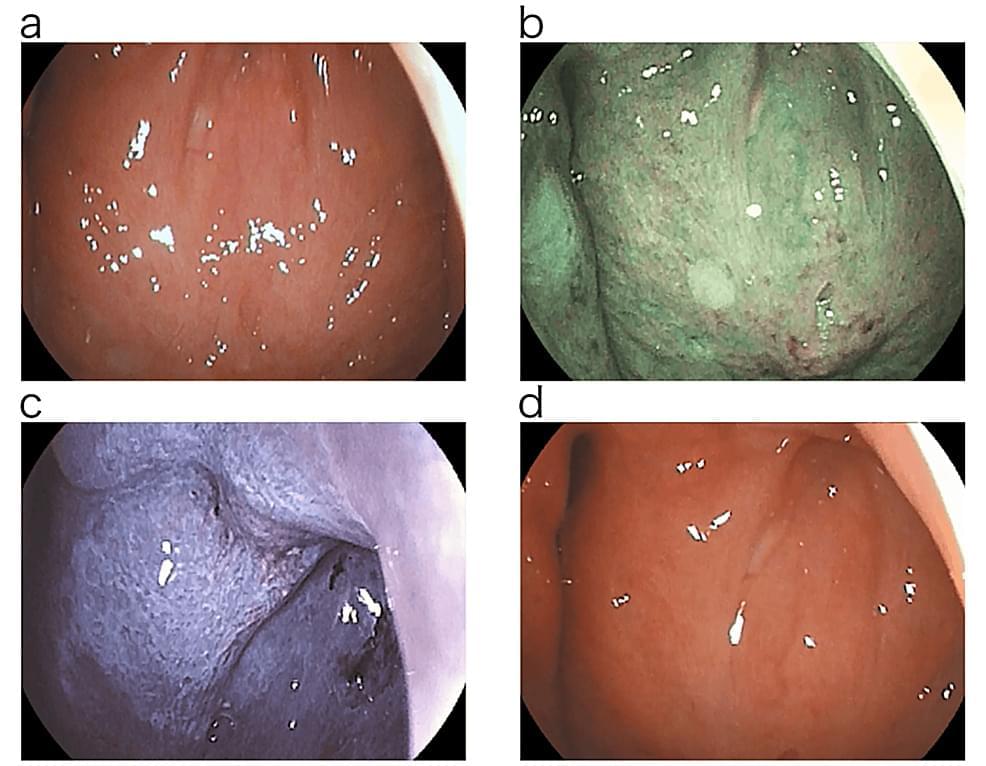Let us count the ways. Learn more about the different things that can make you achy.




A medication used to treat diabetes appeared to halt the progression of Parkinson’s symptoms in a phase 2 trial of people in the early stages of the disease. While more research is needed to see how large the effect is and how long it might last, the news is encouraging in the hunt for new Parkinson’s treatments.
The challenge: More than 8.5 million people worldwide are living with Parkinson’s, a progressive neurodegenerative disease caused by the loss of brain cells that produce dopamine, which helps neurons communicate.
Common Parkinson’s symptoms include tremors, stiffness, and impaired cognition. Meds that replace dopamine can help alleviate those, but they don’t address the underlying cause — the loss of dopamine neurons — and so the disease progresses.

A nanosized polymer, developed by a research team from Ben-Gurion University of the Negev, can selectively deliver chemotherapeutic drugs to blood vessels that feed tumors and metastases and has emerged as an effective treatment for advanced cancer. The polymer eliminates colorectal cancer liver metastases and prolongs mice survival after a single dose therapy.
The new research culminated in a 3D map that measures how the universe has been expanding over the past 11 billion years. The data was collected by the Dark Energy Spectroscopic Instrument (DESI), a part of the Nicholas U. Mayall Telescope at the Kitt Peak National Observatory in Arizona.
Five thousand tiny robots on the telescope collect data at an unprecedented rate, per a statement from the observatory. Since it started scanning the sky in 2021, DESI has observed 5,000 galaxies every 20 minutes, totaling more than 100,000 galaxies each night.
The new map, based on just the first year of DESI’s data, is the largest 3D map of the universe ever made, according to a statement from the Lawrence Berkeley National Laboratory (Berkeley Lab), which manages the project.


A case of myalgic encephalomyelitis/chronic fatigue syndrome (ME/CFS) with chronic epipharyngitis was treated with epipharyngeal abrasive therapy (EAT). The symptoms of ME/CFS improved along with the improvement of chronic epipharyngitis. The patient was followed up with endocrine and autonomic function tests. Endocrine function tests included salivary cortisol and salivary α-amylase activity. Salivary α-amylase activity was stimulated by EAT improved the diurnal variability of salivary cortisol secretion. Autonomic function tests included heart rate variability analysis by orthostatic stress test. EAT normalized parasympathetic and sympathetic reflexes over time and regulated autonomic balance. Based on the improvement of symptoms and test results, EAT was considered effective for ME/CFS. A literature review was conducted on the mechanism of the therapeutic effect of EAT on ME/CFS.

PRESS RELEASE — Magnetic Shields Limited (MSL) has invented a lightweight and small-scale magnetic shielding system for cryogenic conditions.
The innovation developed by UK-based MSL in collaboration with the University of Nottingham and quantum computer developer SEEQC will revolutionise quantum computing performance and efficiency. The coil shield also has implications for satellites, where payload weight determines launch costs.
The shield is the first to integrate thin metal coils into magnetic shielding to actively cancel out magnetic field interference in temperatures near absolute zero. It eliminates the need for bulky metal housings.

